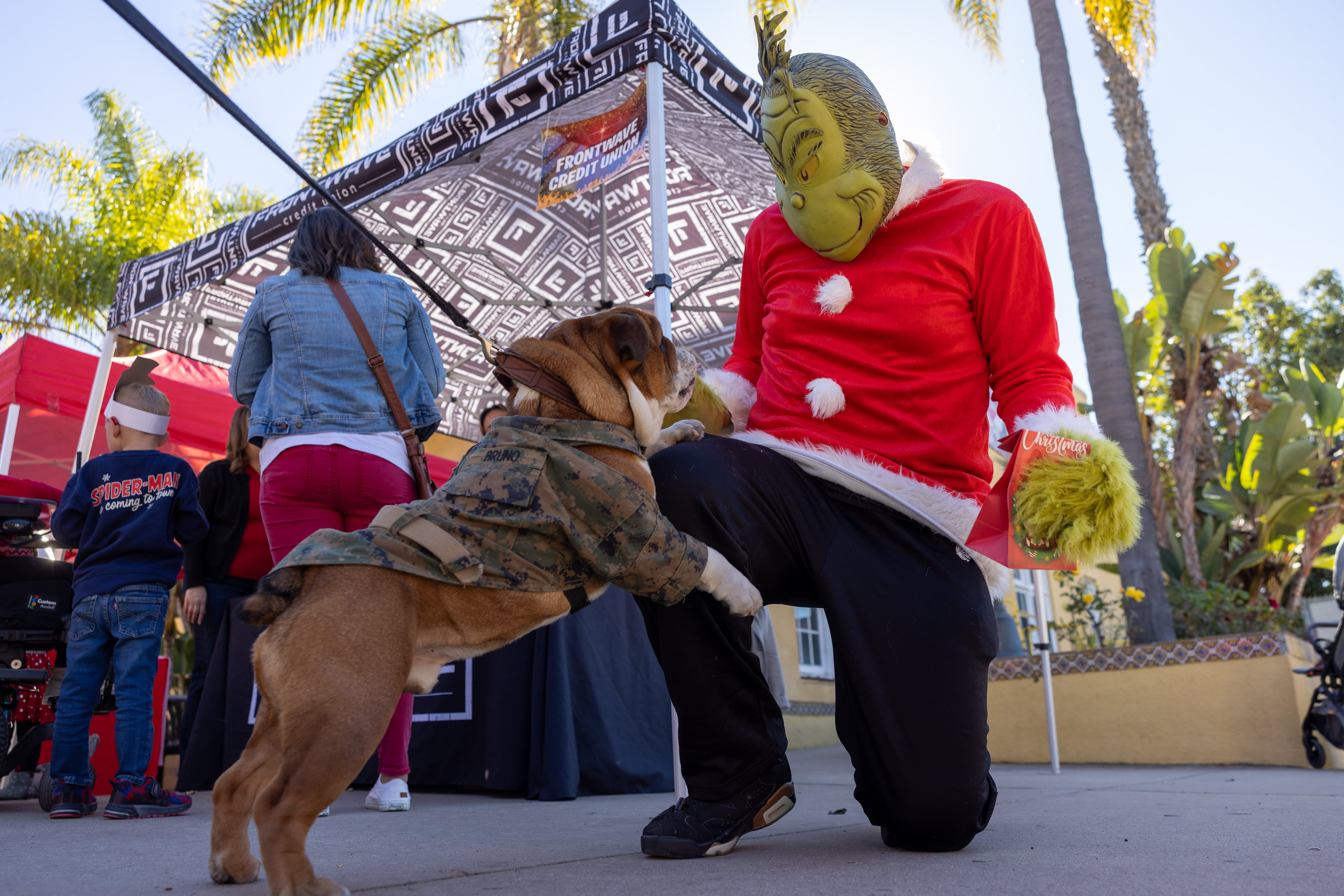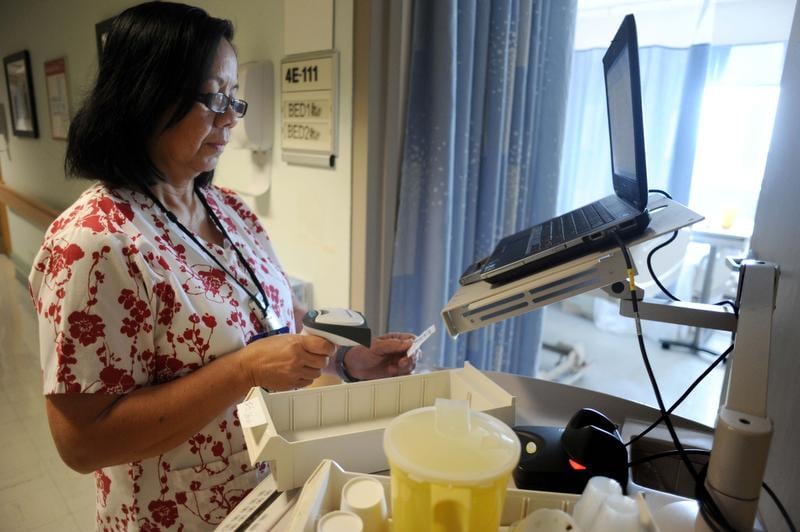FORT STEWART, Ga. — Trudging his way forward down the grassy range, Army Pvt. Carlton Causey slung his body — plus some 50 pounds of gear, armor and weapons — into the ground, simultaneously raising his M4 carbine to his right eye.
With steady concentration the young infantryman watched as a target popped up several hundred yards downrange. Causey squeezed the trigger and eliminated the threat with a series of rounds.
He and the other infantrymen in his rifle platoon quickly bounded back up, sprinted forward another 50 yards and carefully moved past another platoon as Charlie Company worked its way more than a mile down the Fort Stewart range to secure a pair of buildings during a combined arms live-fire exercise, or CALFEX.
It's difficult work, even for grunts — infantrymen — such as Causey whose jobs as frontline fighters demand they maintain top physical condition.
"Bounding is pretty tough," Causey said after he completed the training assault on Fort Stewart's Bravo 18 range. "Getting up for a three- to five-second rush, get back down, and keep doing that for a couple hundred meters. That's tough with all the gear and the AT4 (anti-tank weapon) flopping around back here, but once you get to the end of the bounding, it's all worth it because you just get to shoot."
That particular training event combined the infantrymen from the 3rd Battalion, 7th Infantry Regiment of the 3rd Infantry Division's 4th Infantry Brigade Combat Team with other Army and Air Force assets including supporting fires from OH-58 Kiowa helicopters, an artillery battery and a mortar platoon.
Since early January, 4th Brigade soldiers have conducted a series of dry- and live-fire exercises during Vanguard Focus, a training period of about 60 days designed to prepare the entire brigade for its late summer rotation to the Army's Joint Readiness Training Center at Fort Polk, Louisiana.
Although the Pentagon has not identified 4th Brigade for any upcoming deployment, the JRTC rotation will prepare the brigade's light fighters for any possibility.
Vanguard Focus tests everyone from the brigade and battalion commanders down to the greenest footsoldiers, said 3-7 Infantry Battalion commander Lt. Col. Scott Shaw.
"It's meant to train both soldiers and the battalion as a whole," said Shaw, who moved along the range as thesoldiers conducted the Feb. 20 CALFEX. "The soldiers are participating as part of their companies. So they're getting individual skills training as it pertains to attacks, defenses and movement to contact operations and building field conditions and field craft.
"We've seen just leaps and bounds of improvement since we came out here. The soldiers are tremendously excited about what we're doing."
For Causey, a soldier only a few months into his Army career, an exercise such as CALFEX is exactly what attracted him to the infantry.
"It's all a big adrenaline rush, and I really enjoy it," Causey said. "It's a good feeling. You're sucking and you're sucking (air) and you're breathing heavy after bounding and everything. Then you get down there and you get to just flip (your rifle) off safe and just go at it.
"It's fun; it's nice. It's what being an infantryman is all about."
The company-level live fire is among the most difficult tasks soldiers are asked to do during Vanguard Focus, said Army Capt. Joseph Lapointe, Charlie Company's commander.
Maneuvering three platoons across a field while firing live ammunition at targets is a challenge. Adding live rockets from aircraft and indirect fire from artillery and mortar teams only increases the difficulty.
Still, Lapointe said, there's no great substitute for firing real ammunition on a mission.
"I love live fires. It's the best training opportunity we can do outside of deployment to get guys ready," he said. "Every time you live fire it's amazing.
"You're watching the newer soldiers and seeing them grow up quick. You're watching the leaders you have under you do their jobs to standard, above and beyond. It's an amazing feeling. That whole thing is very gratifying."





